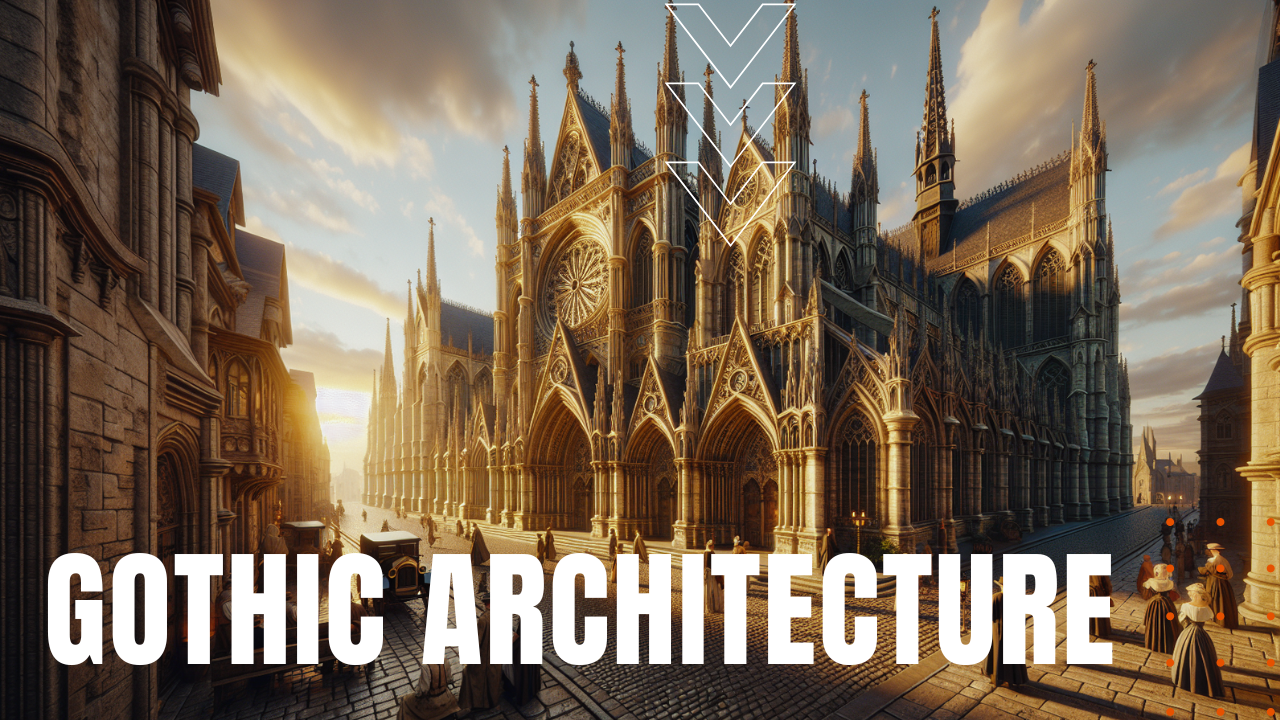Gothic Architecture

Evolving from the Romanesque style before it, as well as Islamic architecture influencing Spanish buildings of the time, Gothic architecture originated in the Ile-de-France and Picardy regions of northern France in the late 12th century, before spreading rapidly throughout Europe until the 16th century, although pockets endured in some areas until the 17th and 18th centuries. Known at the time as opus Francigenum or French work, the term Gothic derived contemptuously during the early Renaissance, by those ambitious to revive the architecture of classical antiquity, comparing the style to the Germanic Visigoths who brought down the Roman Empire in August of 410—a name spawned by Italian painter Giorgio Vasari, when he referred to French work architecture as “barbarous German style.”
First Example
First employed by Abbot Suger in his construction of the Basilica of Saint-Denis near Paris, Suger’s objective was to create a spiritual and luminous space, achieved through modern innovations such as stained glass windows offering pictorial biblical stories for the largely illiterate masses, pointed arches instead of the rounded arches of Romanesque architecture, ribbed vaults and flying buttresses, which made for a taller, more spacial interior filled with an enormous amount of light, while his focus on verticality symbolized a spiritual connection between Earth and Heaven. Spreading out across Europe, Gothic architecture reached its peak during the 13th century—now known as the High Gothic period—where cathedrals became the most ambitious projects in Europe for their expressions of faith, power and community pride.
Broad Spread
Gothic architecture also spread well beyond cathedrals, influencing the construction of other buildings such as castles, town halls and monasteries, spreading Gothic-inspired architecture into regions as diverse as Spain, England and Germany, until late in the 15th century, when the Renaissance brought new architectural ideals that turned away from the Gothic style. While its legacy continued to influence subsequent architectural movements, Gothic architecture continues to captivate millions of tourists and locals alike, with its spiritual resonance, grandeur and elegance, making Gothic architecture, a testament to the ingenuity of medieval craftsmen.
